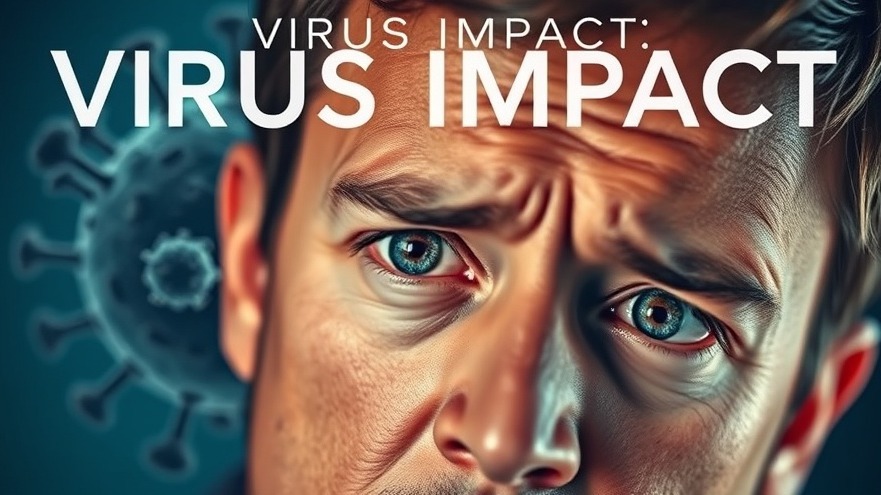
Understanding the Intersection of Human, Animal, and Environmental Health
The recent Zoonoses and One Health Updates call organized by the CDC offered critical insights into the emerging public health threats posed by zoonotic diseases, particularly those linked with the highly pathogenic avian influenza virus (H5N1). This call, while targeted at healthcare professionals such as veterinarians and epidemiologists, underscored the interconnectedness of human, animal, and environmental health—an integral aspect of the One Health approach.
In CDC ZOHU Call May 7, 2025, the discussion delves into the implications of H5N1 and its impact on public health, highlighting the importance of the One Health approach.
The Threat of H5N1: Emerging Insights
The H5N1 virus, traditionally associated with bird populations, has increasingly appeared in mammals and even domestic cats, posing new public health challenges. Since 2024, several cases of H5N1 infections in dairy cattle have been reported, and a subsequent rise in human cases occurred among dairy workers with exposure to infected animals. This trend emphasizes the need for vigilant monitoring and reporting systems to mitigate the spread and impact of zoonotic diseases. For instance, 41 human cases of H5N1 have been recorded in dairy workers across states like California, Michigan, and Colorado, often with mild clinical symptoms, yet highlighting the potential for serious outbreaks.
The Role of One Health Clinics: A Collaborative Approach
A standout feature of this discussion was the introduction of One Health Clinics, which offer a unique solution to breaking down barriers between veterinary and human health. These clinics not only provide medical care but also strive to build trust between healthcare providers and the communities they serve. Innovative clinics in Utah and Delaware have successfully utilized the human-animal bond to encourage vaccination among both pets and their owners, showing that making health services accessible and convenient is vital. By offering pet vaccinations alongside human immunizations, these clinics have inspired increased participation in health programs significantly.
Shared Responsibility: Best Practices for Prevention
To prevent future transmissions of diseases such as H5N1, healthcare professionals are urged to adopt collaborative practices that enhance both human and animal health. This includes removing clothing after working on dairy farms, disinfecting equipment, and closely observing pets for any signs of illness. For veterinarians, engaging with public health officials and utilizing testing protocols for suspected cases of H5N1 is crucial. As learned, cats and other companion animals can show symptoms akin to those seen in humans, emphasizing the importance of vigilance and early intervention.
Looking Ahead: Future Directions in Zoonotic Disease Management
As we're witnessing an increase in zoonotic diseases, it is essential that we foster a culture of collaboration across various health sectors. Strengthening partnerships between veterinary clinics, public health agencies, and community organizations can significantly improve our capacity to respond to emerging health threats. Future efforts could focus on harnessing technological innovations that streamline communications and enhance data collection on zoonotic disease outbreaks.
The ZOHU call highlights the ongoing need for proactive measures to monitor zoonotic pathogens and ensure public awareness and education. As healthcare professionals, staying informed and connected through such initiatives can help mitigate the impacts of zoonotic diseases on public health.
In light of the discussions at the CDC ZOHU call on the potential threats posed by zoonotic diseases, it is crucial to remain engaged and informed. Reach out to your colleagues, explore solutions to enhance One Health initiatives, and consider how you might contribute to regional efforts to combat emerging health threats.
 Add Row
Add Row  Add
Add 




 Add Row
Add Row  Add
Add 

Write A Comment